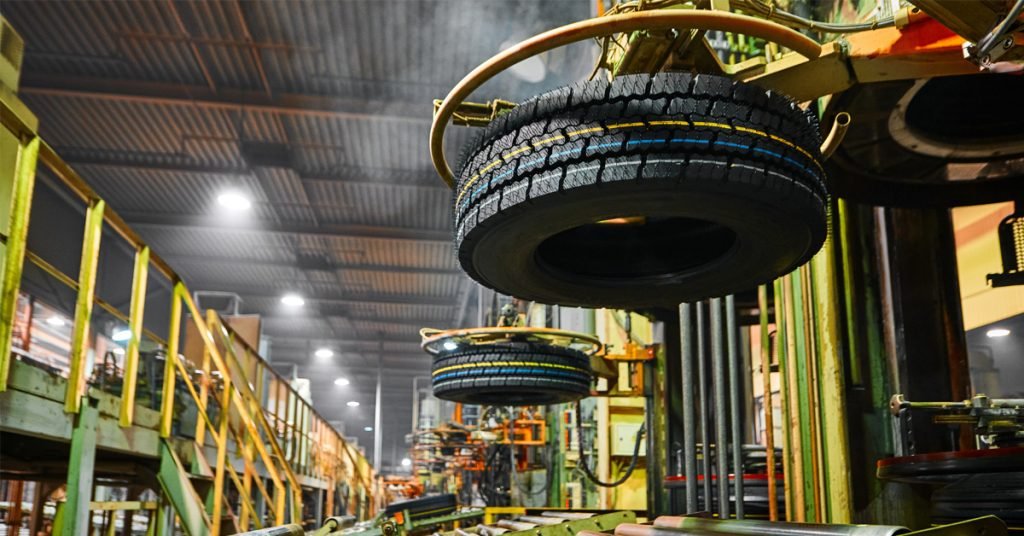Bubbles in tires are a cause for concern for any vehicle owner. Not only are they a sign that your tires may be compromised, but they can also indicate potential safety issues while driving. In this comprehensive article, we’ll delve into the various causes of tire bubbles and provide practical tips on how to address them.
What Are Bubbles in Tires?
Bubbles in tires, often referred to as tire bulges or sidewall bulges, occur when the tire’s inner layers become damaged, allowing air pressure to push out against the outer layers of the tire, creating a visible bubble or bulge on the surface.
Common Causes of Tire Bubbles
| Cause | Description | Prevention |
|---|---|---|
| Impact Damage | Striking a pothole, curb, or road debris can cause immediate damage to the tire’s structure. | Drive cautiously and avoid road hazards when possible. |
| Manufacturing Defects | A defect during the tire-making process may result in weak spots prone to bubbling. | Purchase tires from reputable brands and inspect new tires before use. |
| Underinflation | Insufficient air pressure can cause excessive tire flexing, leading to internal damage. | Regularly check and maintain proper tire pressure. |
| Overloading | Carrying loads beyond the tire’s rating can stress the tire and cause internal damage. | Adhere to your vehicle’s loading recommendations. |
| Aging Tires | Tires degrade over time, and the structural integrity can weaken, leading to bubbles. | Replace tires every six years, irrespective of tread depth. |
How to Spot Tire Bubbles
- Visual Inspection: Regularly inspect your tires for any unusual bulges or protrusions on the sidewalls or tread area.
- Physical Inspection: Feel around the tire for any areas that may be softer or indicate a difference in thickness.
- Vibration While Driving: A damaged tire can cause noticeable vibrations or a change in the handling of your vehicle.
Risks Associated with Driving on Bubbled Tires
Driving on a tire with bubbles is dangerous and can lead to:
- Blowouts: Bubbles indicate a weakened area in the tire that could burst without warning.
- Poor Handling: Bubbled tires can affect the vehicle’s stability and make it difficult to control.
- Accidents: The unexpected change in vehicle control can result in accidents, especially at high speeds.

What to Do If You Have a Tire Bubble
- Cease Driving: If you discover a bubble in your tire, stop driving as soon as safely possible to prevent further damage.
- Replace the Tire: Bubbles cannot be repaired, and the affected tire must be replaced immediately to ensure safe driving conditions.
- Seek Professional Help: Consult with a tire professional to determine the cause and select an appropriate replacement tire.
Frequently Asked Questions
What Exactly Causes Tire Bubbles?
Tire bubbles are often a result of impact damage, where the tire hits a sharp object or pothole, causing internal damage and a weakened area that balloons out.
How Dangerous Are Tire Bubbles?
Tire bubbles can significantly weaken the structure, leading to unexpected blowouts which are highly dangerous, especially when driving at high speeds.
Can Tire Bubbles Be Repaired?
Unfortunately, tire bubbles indicate irreparable damage to the tire’s internal structure, and the only safe solution is a complete tire replacement.
Conclusion
Bubbles in tires should never be ignored. These imperfections are a warning sign of potential tire failure and should be addressed promptly to maintain vehicle safety. By understanding the causes of tire bubbles and taking the necessary steps to prevent them, you can help ensure a safer driving experience.





















